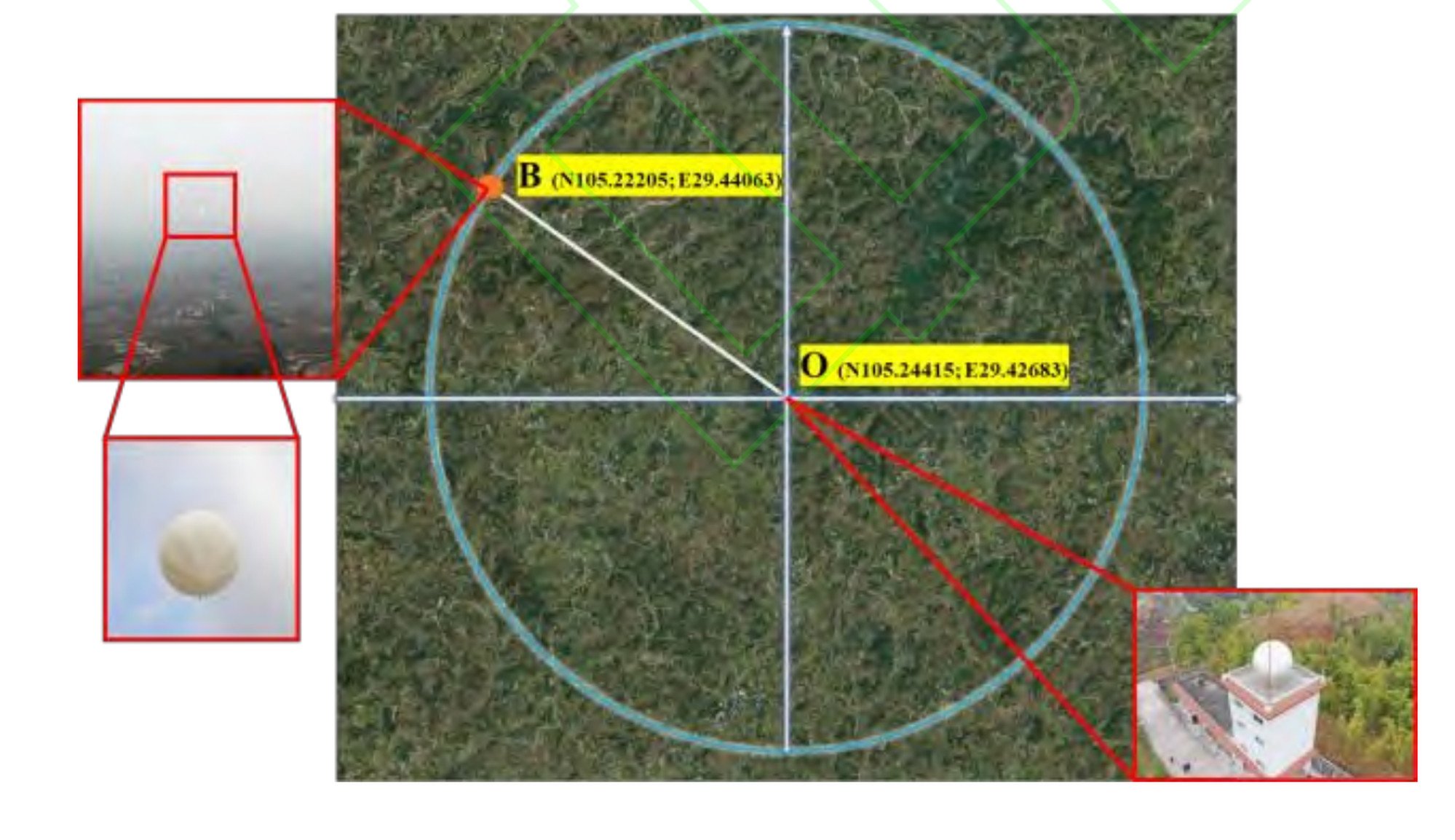These balloons are much harder to detect than airplanes because of their extremely slow speeds, and the complex terrain and electromagnetic interference in open environments means that traditional radar detection methods cannot distinguish them from background noise.
“Timely and efficient detection and warning of airborne balloons is of paramount importance and is becoming increasingly urgent,” Yen and his colleagues said.
Many Americans witnessed the giant balloon, some of whom thought it was a UFO and shared the video on social media.
But the US military’s powerful air defense systems failed to detect it, and after intense public pressure, the military used fighter jets to track the balloon, which flew over much of the country.

The White House said it would take steps to monitor these balloons in the future, but defense suppliers said this would require major hardware upgrades to existing radar systems.
“We don’t have any persistent sensors that can detect low-altitude and low-heat signals near our borders,” Riki M. Ellison, president and founder of the Alliance to Advance Missile Defense, told TIME magazine last February.
“It’s important that money is spent properly… the American people must be protected,” he said.
But Yin’s team says this isn’t necessary: They simply used a generic weather radar for their tests and didn’t make any hardware modifications.
Chinese scientists say existing civilian radar is already so good that it can even outline floating clouds, and it just needs to upgrade its signal-processing software to detect different kinds of balloons.
In their paper, the PLA team revealed that they had developed a proprietary algorithm that can accurately detect spatial disturbances in the electric field caused by the balloons and identify and locate the balloons based on other physical parameters.
The challenge with this technique is how to extract the balloon’s signal from background noise such as ground disturbances and radio frequency interference. In their paper, the researchers detailed their method for filtering out the noise and reducing the false alarm rate.
The technique even avoids the need to change the radar’s operating mode: “It is simple to implement, requires no prior knowledge of clutter, no accumulation of multiframe data, and no need to stare at the target,” Yin and colleagues wrote.
“The software upgrade enables detection of airborne balloons, adding new capabilities to the weather radar without changing the radar’s hardware configuration or increasing hardware costs,” Yin’s team added.


